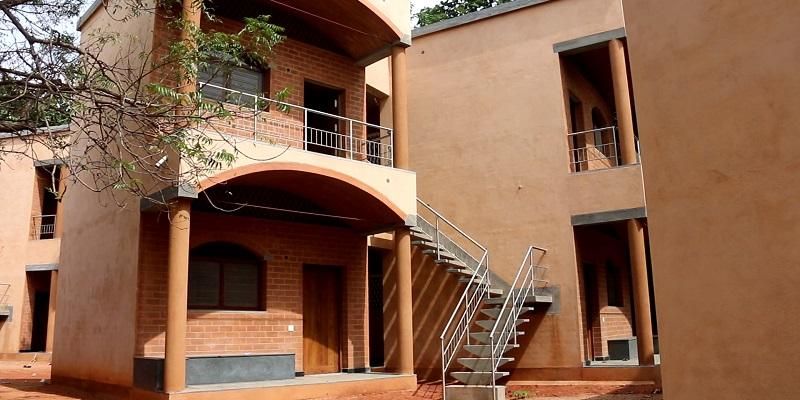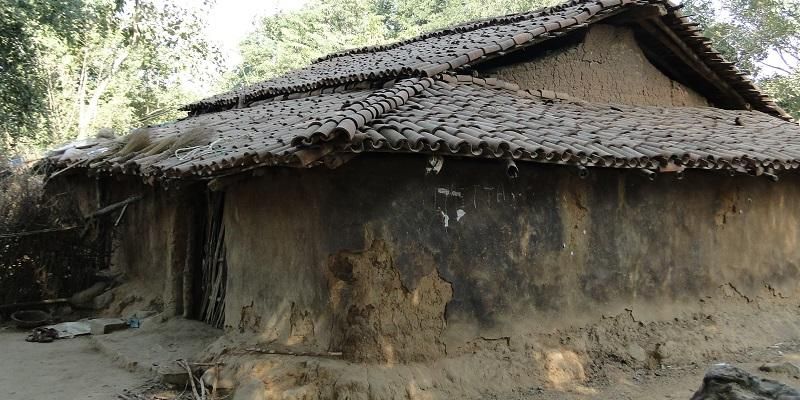
Attitudes to earthen homes need to change to prevent millions of them being replaced by buildings made from more environmentally-damaging materials, scientists warn.
The researchers found that the usual rule-of-thumb estimate for the number of people worldwide living in earthen homes is way out of date, dropping from about one in three people to one in every ten or 12 people.
Although the proportion of people living in earthen homes has dropped sharply, it is estimated that between 650 and 700 million still currently inhabit buildings constructed from natural materials such as rammed earth, adobe blocks, wattle and daub, and compressed earth blocks. The scientists describe this group as a potential “emissions time-bomb" if they were to move or “upgrade” to brick or concrete dwellings.
The study, by scientists at the University of Leeds and Delft University of Technology in the Netherlands and reported in the scientific journal Building Research and Information, argues that the move away from earthen homes is producing a switch from traditional earth construction techniques with a light environmental footprint to brick and concrete production, which generates substantially greater carbon emissions.
The researchers looked at census data and national statistics from the 26 countries where more than three-quarters of the world’s population live.

‘How to build safe, affordable – and sustainable homes’
They found that as nations have become richer, a lower proportion of the population live in earthen buildings, believed to be partly as a result of population growth, the move to urban areas from rural communities and prevailing attitudes that homes made from modern materials are more desirable.
Dr Alastair Marsh, Research Fellow in the School of Civil Engineering at Leeds and lead author of the paper, said: “The big issue is, how can we ensure the whole world’s population is living in safe, affordable housing in line with UN Sustainable Development Goals as soon as possible and at the same time avoid producing excessive carbon emissions from building houses that will lead to further climate change?
“We can think of this as trying to have a balanced diet. Just like there’s fundamentally no “good foods” or “bad foods”, there’s no “good materials” or “bad materials” – it’s more a question of getting the right balance, of not using too much material overall, and using materials that are appropriate for different regions.
“Earth materials have excellent environmental performance but have rapidly been falling out of favour in many parts of the world in recent decades. To challenge those negative attitudes, we need to focus on making earthen homes that are healthy, stylish and that people can really want to live in.”
Yask Kulshreshtha, PhD researcher in the Faculty of Civil Engineering and Geosciences at Delft University of Technology and co-author in the paper, said: “Earthen homes can be made using local soil that can be re-used multiple times. These houses are also energy efficient as they are known to control indoor temperature and humidity.
“With several ecological advantages, earthen homes are good bet for reducing greenhouse gas emissions.”
There are health risks with some traditional earthen homes because insects and other organisms that transmit disease can enter through open eaves, but the risks can be reduced with low-cost design measures. The authors say there is a budding renaissance for modern earthen homes in some richer countries.
Further information
Images courtesy of Yask Kulshreshtha
The paper, “The state of earthen housing worldwide: how development affects attitudes and adoption” – is published in Building Research and Information.
For media information, contact David Lewis in the Press Office at the University of Leeds by email on d.lewis@leeds.ac.uk.